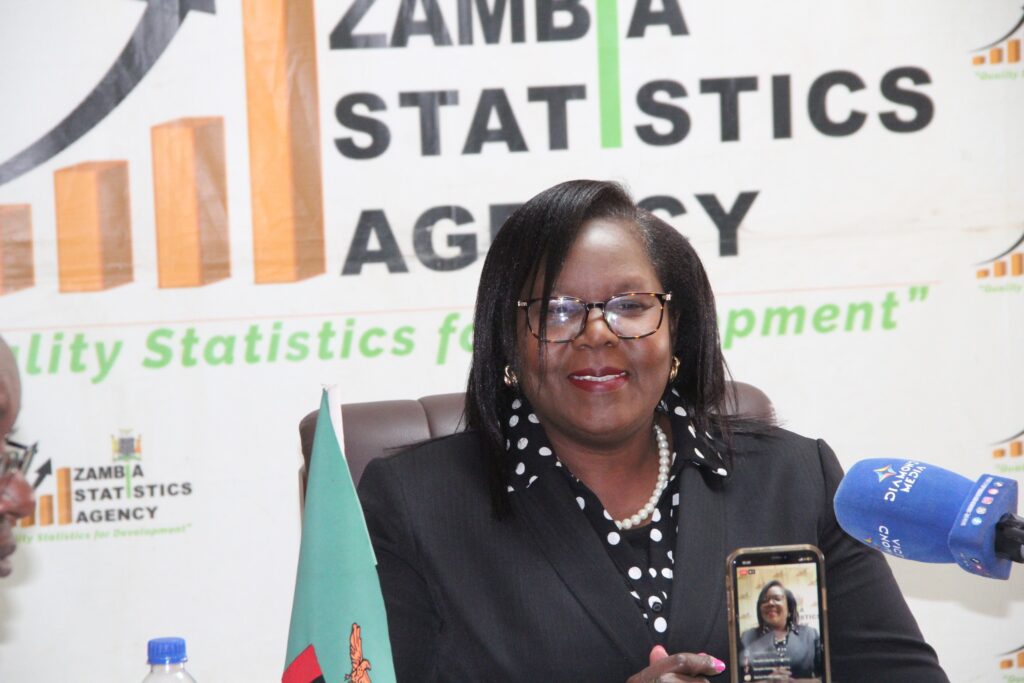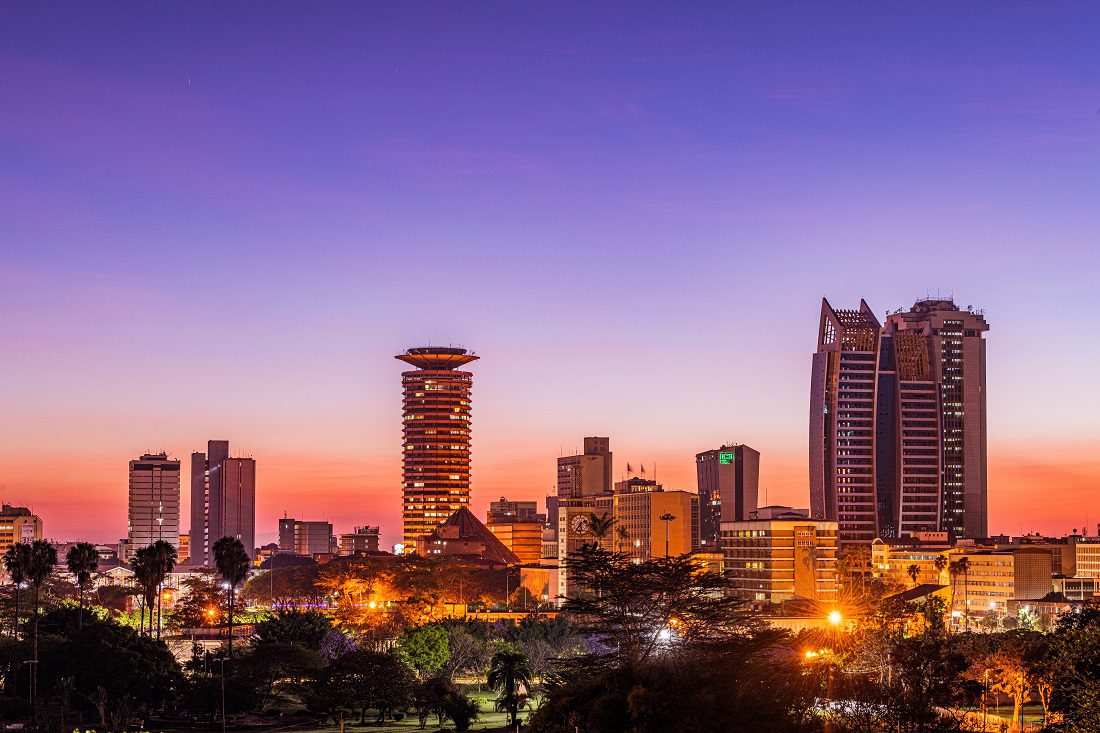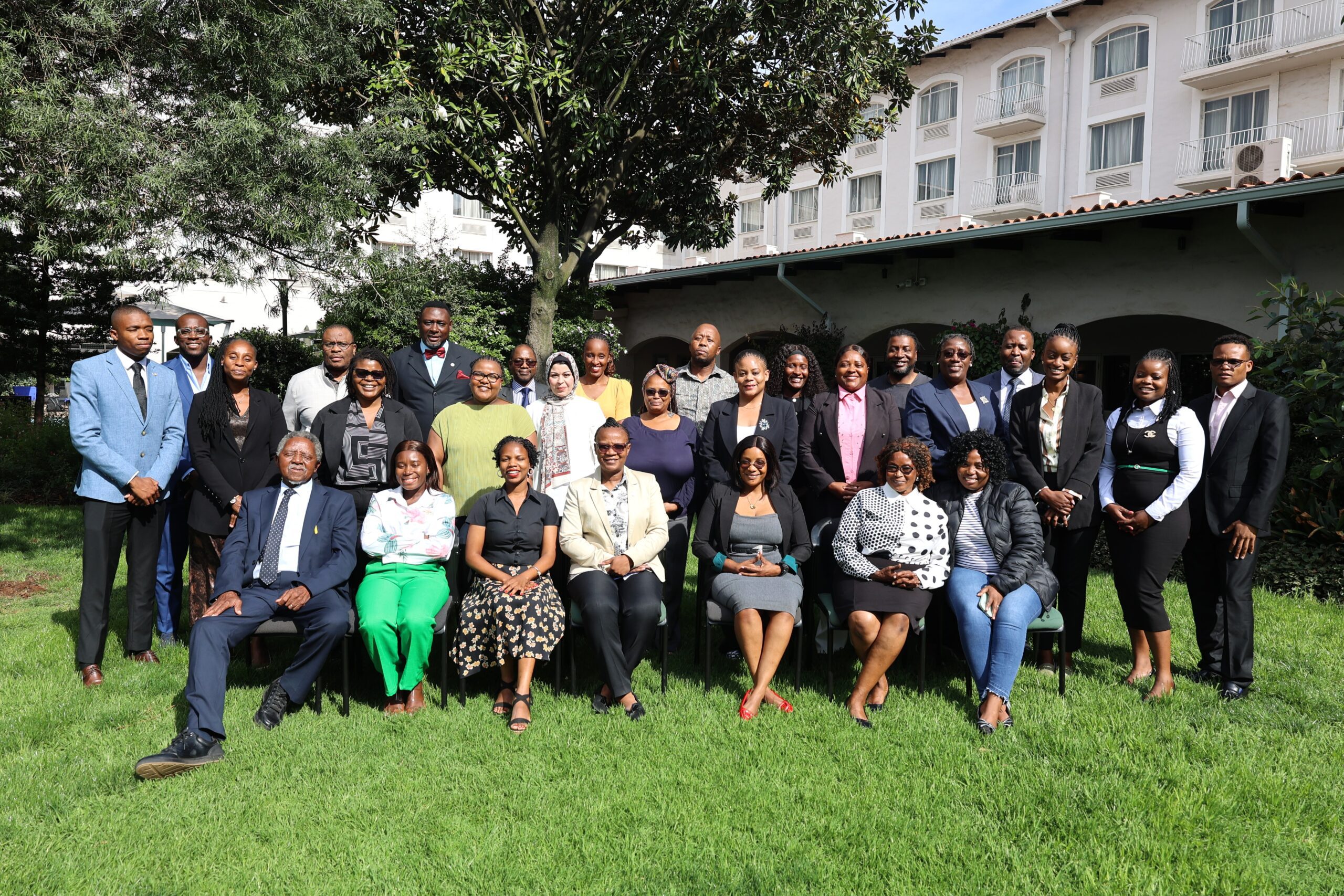
Thursday 27th November 2025

by inAfrika Newspaper
Zambia inflation November 2025 eased for a third month in a row, adding pressure on policymakers to consider further monetary easing after the country’s first rate cut in five years. Annual consumer prices rose 10.9% in November, down from 11.9% in October, as food costs cooled, according to Acting Statistician-General Sheila Mudenda.
The latest reading marks the lowest inflation level in more than two years, although it still sits above the Bank of Zambia’s 6–8% target band. Earlier this month, the central bank trimmed the policy rate by 25 basis points to 14.25%, citing faster-than-expected disinflation and an improved medium-term outlook.
However, officials remain cautious. They note that while price pressures are easing, expectations among businesses and consumers are still elevated. The kwacha also remains vulnerable to swings in copper prices and external financing flows, which can feed back into domestic prices.
The central bank now faces a delicate balancing act. On one side, slower Zambia inflation November 2025 gives space to support growth after years of tight policy and debt stress. On the other, the bank risks loosening too soon and losing credibility if inflation stalls above target.
Market analysts say another small cut is possible in the first half of 2026 if the disinflation trend holds. However, they add that the bank will watch food prices, fuel costs and the exchange rate closely before acting. Any renewed pressure on the kwacha could quickly reverse recent gains.
For businesses, the combination of easing inflation and a slightly lower policy rate could gradually reduce borrowing costs. Commercial lending rates in Zambia remain among the highest in the region, which still limits credit growth for small and medium-sized firms.
Zambia’s experience shows how difficult it is for African economies to climb down from double-digit inflation without choking growth. Many countries still face high food and fuel prices, fragile currencies and limited fiscal space. When Zambia inflation November 2025 slowed, it offered a rare case where improved price dynamics allowed a cautious rate cut instead of yet another hike. If the trend continues, it could signal that tighter policies across the region are finally working. That would, in turn, open room to shift focus toward growth, job creation and debt restructuring, while still guarding against fresh external shocks.


